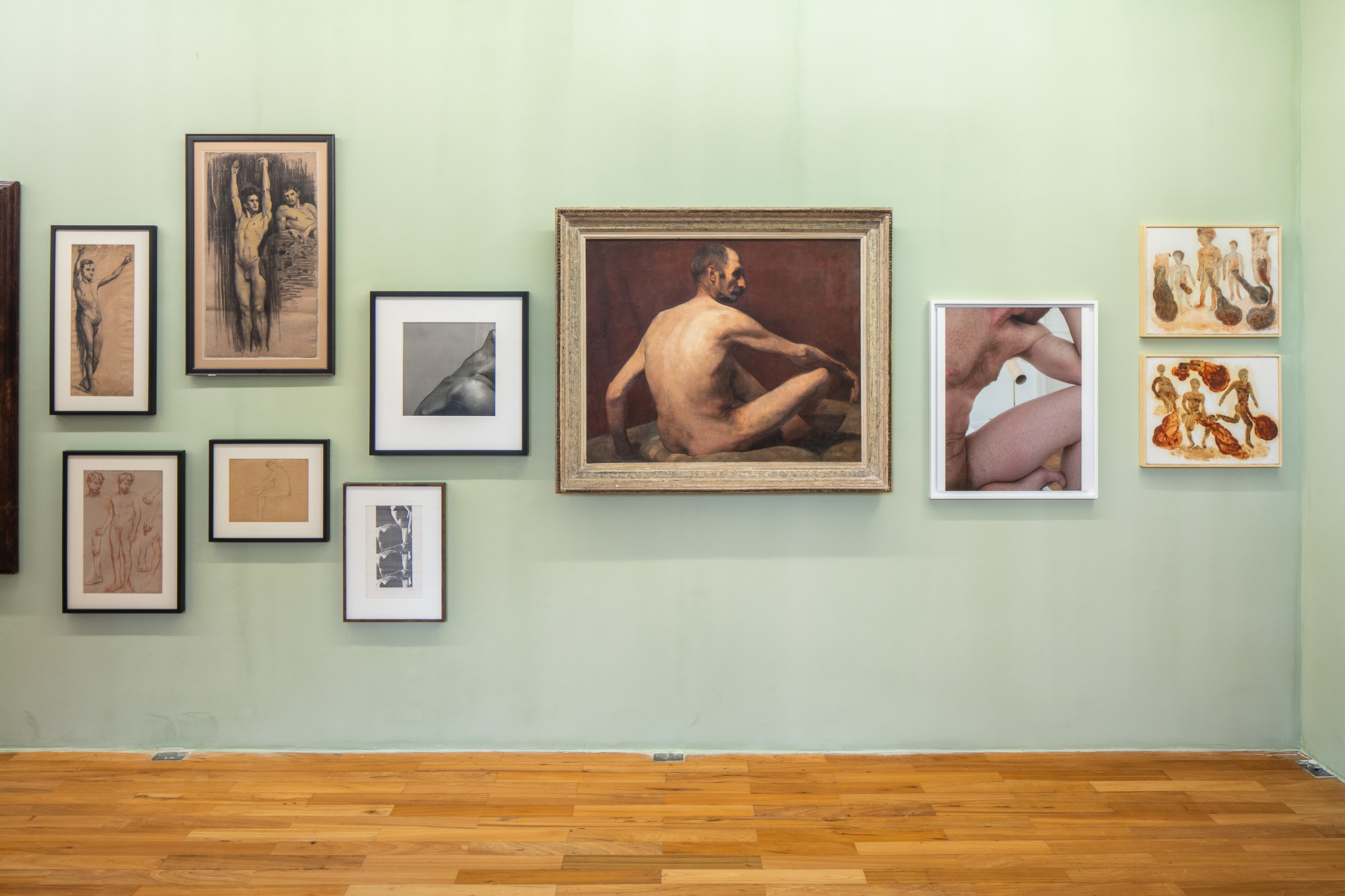Mendes Wood DM São Paulo
Male Nudes: A salon from 1800 to 2021
Soufiane Ababri, Tarsila do Amaral, Fernanda Azou, Fernando Marques Penteado, Mark Beard, Jean-Daniel Cadinot, Joseph Caprio, Raymond Carrance, Ugo Cipriani, Larry Clark, Jean Cocteau, Adriano Costa, Jean Ferrero, Tom of Finland, Léon Galand, Luc Geslin, Wilhelm Von Gloeden, Alair Gomes, Francisco Hurtz, Xie Lei, Patricia Leite, Matthew Lutz-Kinoy, Robert Mapplethorpe, Alexandre Maspoli, Daniel Lannes, Daniel Correa Mejía, Pierre Molinier, Pierre Paul Montagnac, Paulo Nazareth, Antonio Obá, Rodolpho Parigi, Wallace Pato, Solange Pessoa, Jack Pierson, Francis Picabia, Guglielmo Von Plüschow, Martine Riviere, Luiz Roque, Patrick Safarti, Osmar Schindler, Sacha Schneider, Paula Siebra, Gustavo Silvamaral, Sarah Lucas and Julian Simmons, Wolfgang Tillmans, Erika Verzutti, Eliseu Visconti, Andy Warhol, Bruce Weber, C.J Wielhorski, Maya Weishof, Shota Nakamura
On view until Saturday, June 19th, 2021
|
















Comentários
Postar um comentário